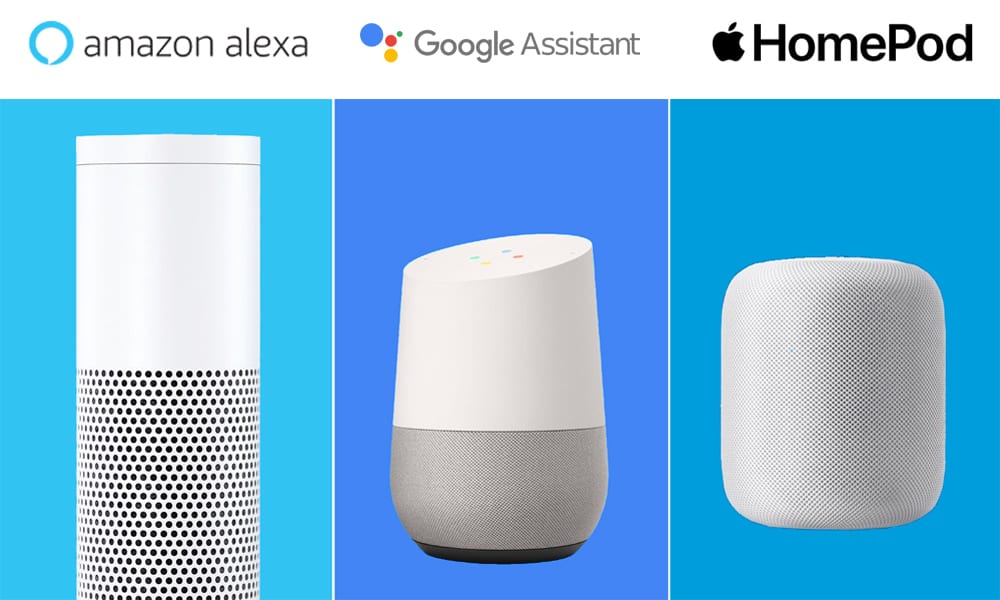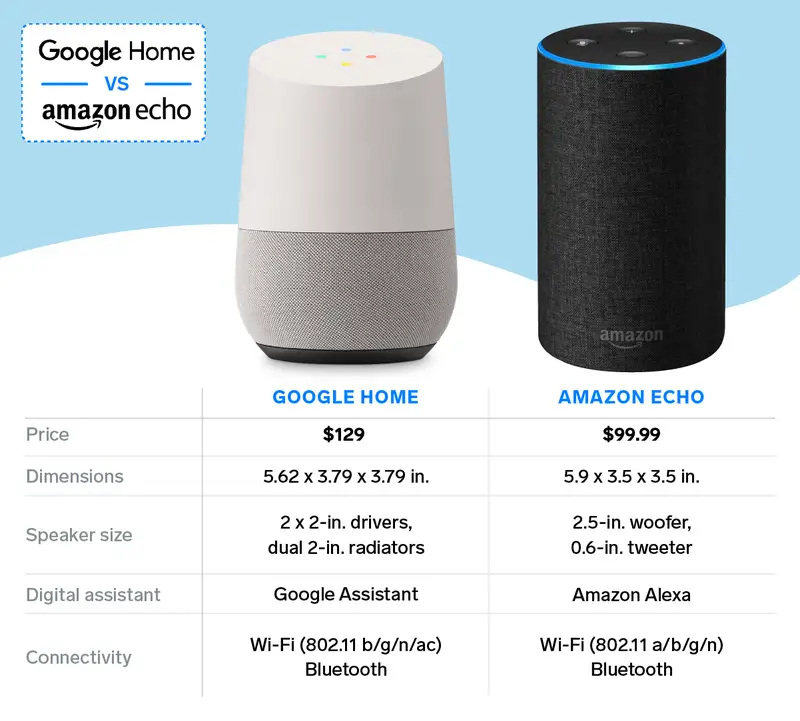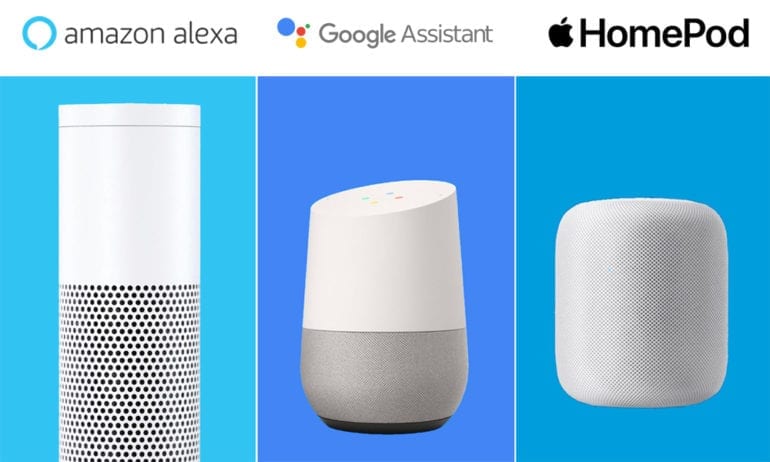Google Assistant and Google Home are two popular tools from Google. They offer different features, making everyday tasks easier.
Comparing them helps users understand which fits their needs best. Both are designed to simplify your life, but they do so in unique ways. Google Assistant acts as a virtual helper, available on various devices. It responds to voice commands, answering questions and managing tasks.
Google Home is a smart speaker, integrating with smart home devices. It provides a central hub for controlling your environment. Understanding their differences can guide your choice. Which one suits your lifestyle? Which better meets your needs? This comparison helps clarify their roles and benefits, empowering you to make an informed decision. Dive in to learn more about these tech companions.

Credit: www.hellotech.com
Google Assistant Features
Google Assistant is a powerful virtual assistant. It helps users manage tasks and find information. With a range of features, it competes with Google Home. Users can interact through voice commands and app integration. These features enhance daily life and improve productivity.
Voice Commands
Voice commands make tasks easy. Just speak, and Google Assistant responds. Set alarms, play music, or check the weather. Voice commands make these tasks simple. No need to use hands or type.
Google Assistant understands natural language. This makes communication smooth and efficient. Even complex requests get accurate responses. Enjoy a hands-free experience with voice commands.
Integration With Apps
Google Assistant integrates with many apps. This feature expands functionality. Connect with apps like Spotify, Gmail, and Google Maps. The integration allows seamless operation. Users access information and services quickly.
Use Google Assistant to send messages or book a ride. Control smart home devices from a single app. Integration with apps simplifies life and saves time. Experience a connected and efficient lifestyle.

Credit: botpenguin.com
Google Home Features
Google Home is a popular smart speaker from Google. It offers a range of features that enhance daily life. Designed to blend seamlessly into homes, it acts as a hub for smart devices. With voice commands, users can manage tasks hands-free. Google Home provides users with convenience and control. Below, explore its essential features.
Smart Home Control
Google Home connects with various smart devices. It lets users control lights, thermostats, and more. Voice commands make managing tasks simple. Users can say, “turn on the living room lights.” Google Home responds quickly. It supports many brands. This ensures compatibility with existing devices. Control is easy and efficient.
Audio Quality
Google Home offers impressive sound. Its speakers produce clear audio. Music playback is rich and immersive. Whether listening to songs or podcasts, the sound is enjoyable. The device adjusts volume based on user preference. It fills the room with balanced sound. Users appreciate its audio quality for streaming.
User Experience
The user experience with technology is crucial. It defines how seamlessly you interact with devices and how effectively they serve your needs. In the realm of smart assistants, Google Assistant and Google Home stand out. But how do they stack up against each other in terms of user experience? Let’s explore their ease of use and customization options.
Ease Of Use
Google Assistant is designed to integrate smoothly into your everyday life. It’s accessible on mobile devices, making it convenient for on-the-go tasks. You can ask it to set reminders, send texts, or play music with simple voice commands.
On the other hand, Google Home excels in a stationary setup. Imagine walking into your room and controlling lights, temperature, or even your TV without lifting a finger. It’s like having a personal butler at home. But does its stationary nature limit its usability?
Think about this: how often do you use voice commands on your phone versus a dedicated device? The answer might surprise you. Many users prefer the flexibility of Google Assistant on their phones, but Google Home’s straightforward voice commands might win you over for home-based tasks.
Customization Options
Both Google Assistant and Google Home offer customization, but they do it differently. Google Assistant allows you to personalize commands and routines on your phone. You can tweak it to respond to specific phrases or set up morning routines with just a few taps.
Google Home, however, brings customization to your living space. You can set up multiple devices, create room-specific commands, and even change settings for different family members. Imagine setting a different lighting mood for movie nights. It’s all possible with Google Home.
Consider what matters more to you: the convenience of personalizing your assistant on the go or the ability to tailor your home’s environment. How do you envision using these features in your daily life?
Ultimately, your choice might depend on where you spend most of your time and how you prefer to interact with technology. As you explore these options, think about the balance between mobile flexibility and stationary convenience. Which one aligns better with your lifestyle?
Compatibility
Compatibility is a crucial aspect when choosing between Google Assistant and Google Home. Understanding how these systems integrate with devices and platforms is key. This section explores how each performs in device pairing and platform support.
Device Pairing
Google Home pairs easily with smart home devices. It connects to lights, cameras, and thermostats seamlessly. This makes it a popular choice for home automation. Google Assistant also pairs with devices like phones and tablets. It provides voice control for apps and services. This expands its usability beyond the home.
Platform Support
Google Assistant works on Android and iOS. It supports a wide range of apps. This includes music, messaging, and navigation. Google Home primarily supports its own ecosystem. It connects best with Google services. This includes YouTube, Google Maps, and more. Users benefit from its integrated services.
Privacy And Security
Privacy and security are vital concerns in today’s digital world. With smart devices in our homes, protecting our data is essential. Google Assistant and Google Home both aim to offer secure experiences. But how do they handle privacy and security?
Data Protection
Google Assistant and Google Home use advanced encryption methods. These methods protect your data from unauthorized access. Google continuously updates its security protocols to keep your information safe. Data stored on their servers is encrypted. This means only authorized users can access it. Google’s commitment to data protection helps build trust with users.
User Control
Google provides users with control over their data. You can review and delete stored voice recordings. This feature offers transparency and control over what’s saved. Users can also mute the microphone on Google Home devices. This ensures no unintended recording occurs. Google Assistant allows you to manage privacy settings easily. You have the power to decide what information is shared.
Cost And Value
When it comes to choosing between Google Assistant and Google Home, understanding the cost and value is crucial. You might wonder how much you’ll spend initially and what benefits you can expect in the long run. Whether you’re a tech enthusiast or just looking for a smart addition to your home, these insights can help you make an informed decision.
Initial Investment
Your initial investment is often the deciding factor. Google Assistant is part of most Android devices, meaning it’s usually included in your smartphone purchase. Essentially, you might already have it without spending anything extra.
On the other hand, Google Home, a physical smart speaker, requires you to shell out some bucks. Prices vary based on the model, ranging from the affordable Google Nest Mini to the more advanced Google Nest Hub Max. Consider what features you need to determine which model fits your budget.
Long-term Benefits
Think about the long-term benefits of your choice. Google Assistant is versatile, offering features like hands-free texting, navigating maps, and managing tasks with just your voice. You don’t need to buy additional devices, just keep your phone updated.
Google Home enhances your living space with voice-controlled smart home features. It integrates with compatible devices like lights, thermostats, and security cameras. Imagine waking up and asking Google Home to start your coffee maker. It’s convenience at your fingertips.
But here’s a thought: do you need both? Some people use Google Assistant on the go and Google Home at home. This dual setup maximizes functionality without breaking the bank.
Ultimately, the decision should be based on your lifestyle and how much value you place on convenience and functionality. Are you ready to make your home smarter? Or would a personal assistant in your pocket suffice?

Credit: www.hellotech.com
Frequently Asked Questions
Are Google Home And Google Assistant The Same Thing?
Google Home and Google Assistant are not the same. Google Home is a smart speaker, while Google Assistant is a virtual assistant. Google Home devices use Google Assistant to perform tasks.
Can You Use Google Assistant With Google Home?
Yes, you can use Google Assistant with Google Home. Google Assistant powers voice commands on Google Home devices. It helps you control smart home devices, play music, and provide information. Simply say “Hey Google” or “OK Google” to activate it.
Are Google Nest And Google Home The Same?
Google Nest and Google Home aren’t the same. Google Home is a smart speaker. Google Nest encompasses a broader range of smart home products, including thermostats and cameras. Both integrate with Google Assistant for voice control and smart home management.
What Are The Disadvantages Of Google Assistant?
Google Assistant can struggle with understanding accents. Privacy concerns arise due to data collection. It requires internet access, limiting offline use. Sometimes, it may provide inaccurate information, and unexpected errors can occur. Users might find it difficult to set up or integrate with certain devices.
Conclusion
Choosing between Google Assistant and Google Home depends on your needs. Google Assistant excels in personal tasks. It helps with reminders and quick information. Google Home shines in managing smart devices. It controls lights, thermostats, and more. Both offer unique benefits.
Consider your daily tasks and preferences. Do you need a personal helper? Or a smart home hub? Evaluate what fits your lifestyle best. Both integrate well with other Google services. They enhance convenience in different ways. Decide based on what you prioritize in your tech experience.










